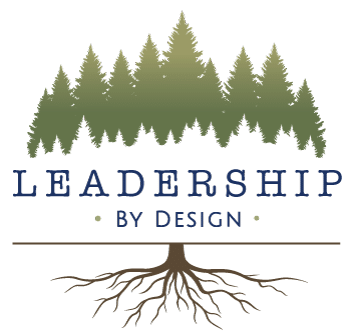What creates high stress levels? The most common is the fear of the unknown?
Our leadership challenge in uncertain times is to eradicate or at least work to diminish the unknown as much as possible. And yes this means even if the leader is working in times of uncertainty like today’s pandemic environment.
In the absence of clear and timely communication, people in uncertain organizations often fill the void with negative thoughts or negative fictitious potential outcomes. This is not necessarily because most people will inherently think that way, but it’s driven by the lack of organizational communication.
“There is something they are not telling us.”
“It must not be good or they would explain.”
“They are keeping something from us.”
“They are not telling us the way it really is.”
“Doom is coming; it must be or they would tell us.”
 You cannot blame these conclusions. These are often the conclusions amidst the absence of communication from leadership, yet some leaders still wonder, “Where are these assumptions coming from? Why are they usually negative?”
You cannot blame these conclusions. These are often the conclusions amidst the absence of communication from leadership, yet some leaders still wonder, “Where are these assumptions coming from? Why are they usually negative?”
Yet some leaders still shy away from communicating what they know and what they don’t know with people in their organization. I have seen this with leaders who are not sure what to say, how to say it, when to say it or think they must have all the answers.
Are new leadership behaviors important in uncertain times like these or do the basics just become more critical? I believe it is the basics that become more amplified.
What should be emphasized in times of uncertainty?
Be honest with yourself. It starts there. Even if the truth seems brutal, be honest with yourself and that means the entire senior leadership team. We need the senior leadership team to be brutally honest with themselves before they can be honest with us. This includes what the leadership team knows and what is not known. Yes it’s ok to admit that you don’t know. In fact that is better than crafting fiction, sharing magical thinking (like I’ve heard during the pandemic), or worse giving false information.
Waiting months to communicate until you actually know for sure will have already eroded trust in you and your leadership team. So if you don’t know, say so. Say what you do know. Commit to giving an update when you have new and accurate information. Stick to that commitment.
Be “present” with your employees and customers even when you cannot actually be “present.” Stay connected. Use video even if you haven’t used that before to stay connected to your leaders, staff and customers. Communicate more often.
Learn. Be open to opposing perspectives. Ask for advice and be humble enough to listen and accept it to help form your opinions and approach.
Be open to potential distractions. In unprecedented times (like amidst COVID-19) people will be distracted…working from home for the first time, with children at home because schools and daycare centers are closed, pets on your video conferencing, roommates, no private area in the home or apartment to be on a video call, etc. Use this as time to get to know your organization on a more personal level.
Acknowledge to employees that it is understandable to be distracted by uncertain times even if the uncertain times are not surrounding all of us but confined to your industry or business.
Part One of What’s Needed Next? See my next blog that includes how to address it.
Stay tuned on deeper dives in this series.




